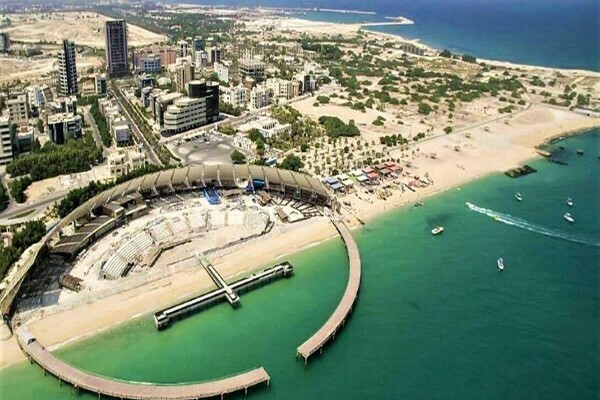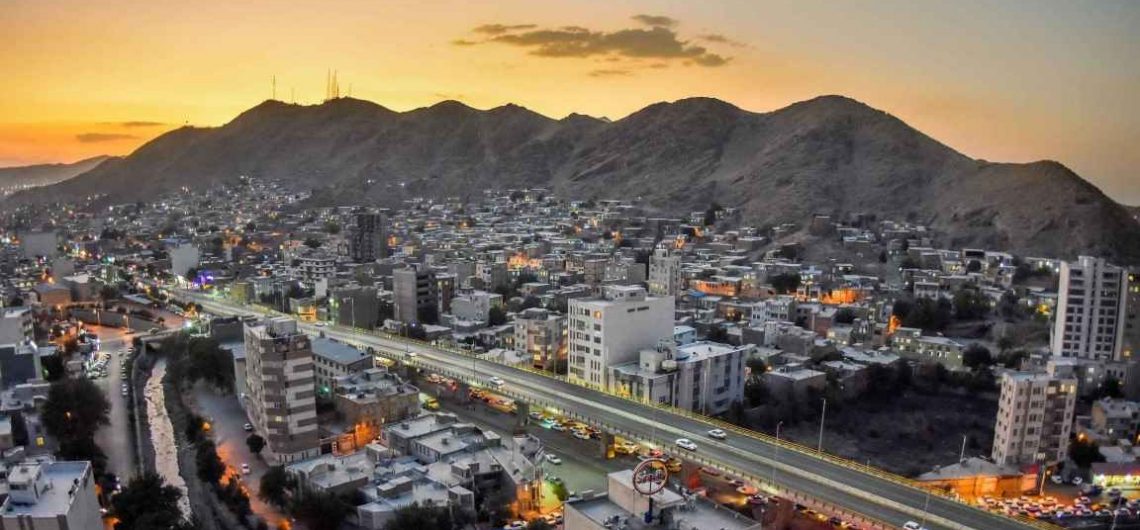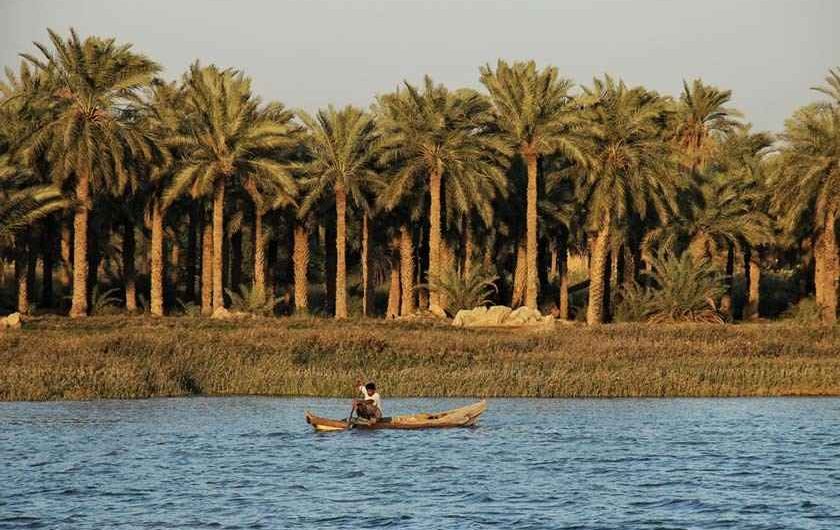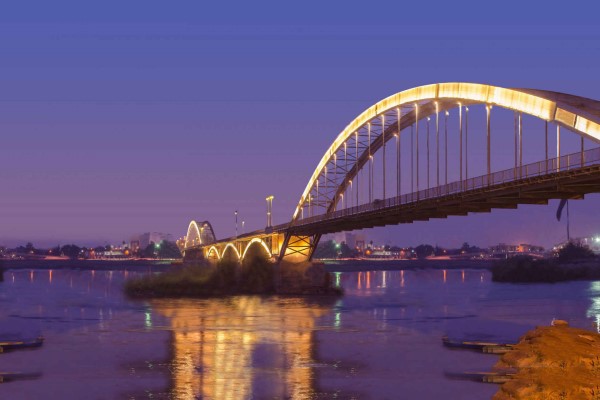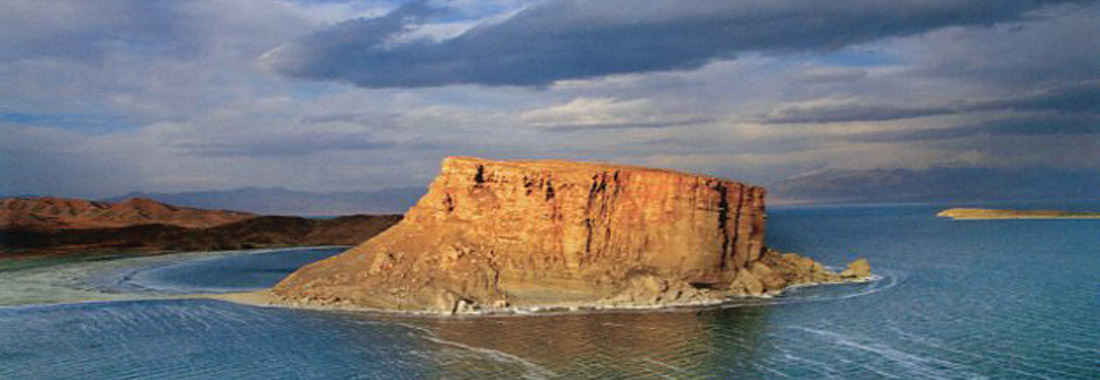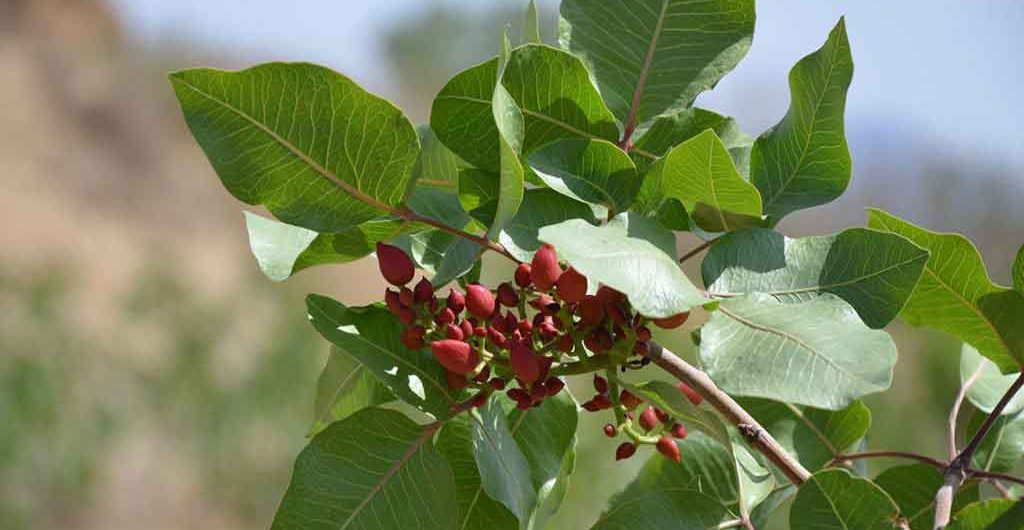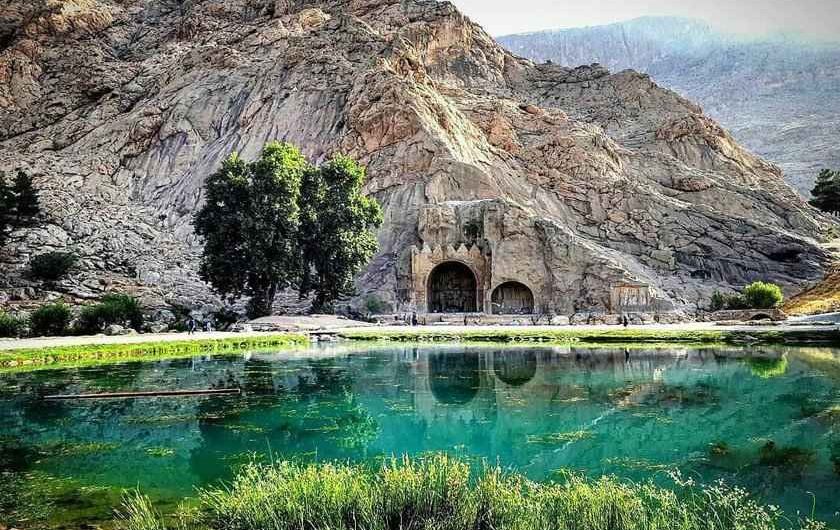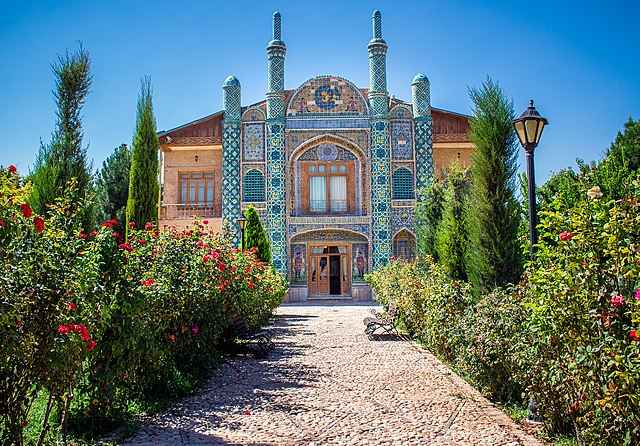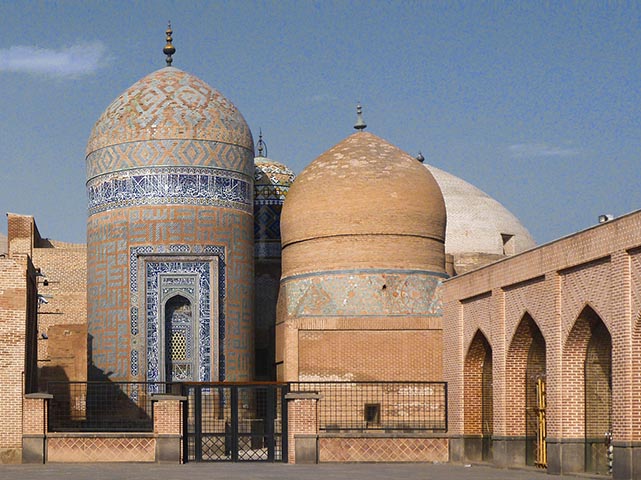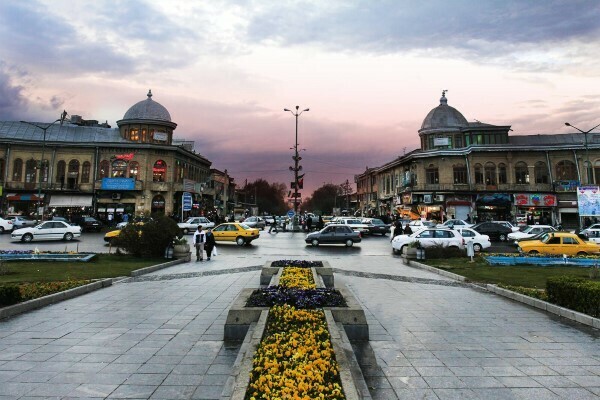Abadan The capital of the county of Abadan, province of Khuzestan, is located on the border of Mesopotamia inferior. It is a vast plain at the foot of the Zagros Mountains, overlooking the Persian Gulf. It is located on the island of Abadan (68 km long, 3-19 km or 2-12 miles wide), bounded by the Shatt al-Arab River to the west, the Karun River to the north, and the Persian Gulf to the south. In medieval times it served as a source of carpets, woven straw, a supplier of salt and a navigation center for travelers and sailors. The modernization of the city began in 1910 due to the oil industry. The first oil refinery, opened by the Anglo-Persian Oil Company in 1912, with an annual capacity of 120,000 tons, became one of the largest refineries in the world in the 1960s. In 1948, the refinery's employees accounted for one third of the city's population, which was about 100,000, making Abadan the fifth largest city in the country. Relations between immigrants and locals were strained, as its palm trees gave way to an industrial city. But the industry also generated a new dynamic. In 1918, battered Indian migrant workers protested against the company and when they called for a strike to demand higher wages, they signaled the birth of the oil workers' movement. The war between Iran and Iraq (1980-1988) caused serious damage to the refinery and the city. Most of the population left the city during the war, but some returned in the 1990s, as most of the city had been rebuilt. Abadanis are proud people and are characterized by their ironic exaggeration in Persian known as laaf, grotesque jokes, or lovingly exaggerated explanations. Abadan Museum Located on Ahmad Abad Street, it is a one-story building with a dome
Abadan
The capital of the county of Abadan, province of Khuzestan, is located on the border of Mesopotamia inferior. It is a vast plain at the foot of the Zagros Mountains, overlooking the Persian Gulf.
It is located on the island of Abadan (68 km long, 3-19 km or 2-12 miles wide), bounded by the Shatt al-Arab River to the west, the Karun River to the north, and the Persian Gulf to the south. In medieval times it served as a source of carpets, woven straw, a supplier of salt and a navigation center for travelers and sailors.
The modernization of the city began in 1910 due to the oil industry. The first oil refinery, opened by the Anglo-Persian Oil Company in 1912, with an annual capacity of 120,000 tons, became one of the largest refineries in the world in the 1960s. In 1948, the refinery’s employees accounted for one third of the city’s population, which was about 100,000, making Abadan the fifth largest city in the country.


